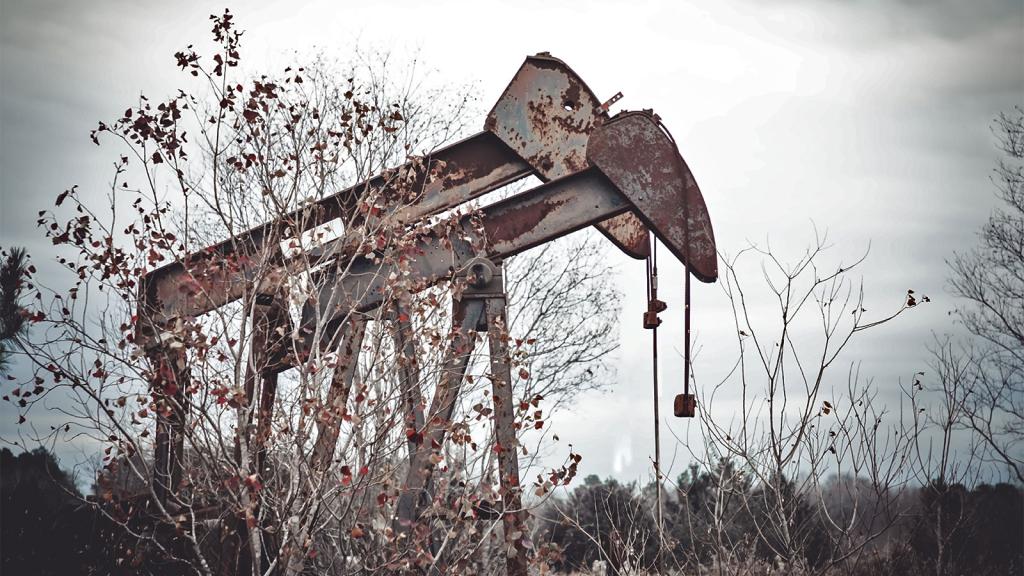Here are two tales of the energy transition unfolding in coal country, USA.
In late 2019, Pacificorp, an electric utility that operates in six Western states, told Wyoming regulators it wanted to shut down several of its coal-fired power plants early and replace them with wind and solar power and battery storage. It said this plan would save customers hundreds of millions of dollars on their electric bills and promised to work with local leaders on transition plans for workers and communities affected by the closures.
Wyoming, a state whose economy relies significantly on coal mining and coal power, went on the defensive. State lawmakers had already passed a law requiring coal plant owners to search for a buyer before being allowed to close a plant. Now, with support from the governor, regulators ordered an unprecedented investigation to scrutinize Pacificorp’s analysis and conclusions. Ultimately they determined the plan was deficient — that the company had not adequately considered allowing the coal plants to stay open or installing technology to capture the plants’ carbon emissions.
One rectangle down on the U.S. map, in Colorado, 2019 was the year a new state law passed to reduce greenhouse gas emissions 90 percent by 2050. In parallel, Colorado established an Office of Just Transition to help the workers and communities affected by now-inevitable coal mine and power plant closures. To comply with that timeline, the state’s two largest electric utilities recently submitted plans, not unlike Pacificorp’s, to retire several coal plants early and replace them with renewables and batteries.
While Colorado regulators have not yet approved the plans, they’ll likely be concerned with whether the utilities will phase out coal fast enough. Meanwhile, the Office of Just Transition has released a plan to help coal communities adapt to the looming changes in their economies and has already begun outreach efforts.
These two examples represent a larger trend in the West: While policies and proposals in some states (like Colorado, New Mexico, and Arizona) acknowledge the writing on the wall for the coal industry, others (like Wyoming and, to a lesser extent, Montana) are protecting it for dear life. A new study by researchers at Montana State University examines this chasm and connects it to the absence of cohesive national energy transition policy.
“Unstable and rapidly changing policies at the national level send conflicting messages,” the authors write, “exacerbating uncertainty about the future pace and direction of the transition, when and how the rupture will occur, and how it will affect specific communities.” They found that across the board in the West, rural and isolated communities lack adequate plans or funding to navigate the coal transition, which is occurring rapidly, regardless of state policy, due to the arrival of cheaper and cleaner energy sources and stagnating demand for electricity.
Once upon a time, the U.S. energy landscape was shaped by congressional action. But federal energy policy has grown increasingly divisive and difficult to pass. The Energy Act of 2020, included in the omnibus spending bill passed in December, was hailed as the first comprehensive update to national energy policy in 13 years. During the Obama and Trump eras, energy policy was primarily made via executive order. Barack Obama used this power to sign the Paris Agreement, put greenhouse gas controls on power plants, and pause leasing for new coal mines on federal land. Donald Trump used it to undo all three.
The researchers found that this ping-ponging of policy may have affected how individual coal workers perceived and planned for the future. One federal economic development expert they interviewed said participation in workforce retraining programs dropped off as Republican rhetoric about coal jobs coming back picked up on the 2016 campaign trail.
While some countries, like Canada, have national plans to phase out coal with federal programs dedicated to transitioning workers and communities, U.S. states have largely been left to their own devices to manage coal’s decline — leading to the contradictory approaches like those in Wyoming and Colorado. The researchers recommend that the federal government should establish clear timelines and strategies for the transition; otherwise it is undermining communities’ motivation and capacity for planning.
In isolated coal communities where there’s no easy or obvious replacement industry, there’s a desperate need for funding to replace lost tax revenue when a plant or mine closes — even in states that are actively trying to help with the transition. “There really isn’t, at this time, a tool or a mechanism to address that,” said Kelli Roemer, a geography Ph.D. student at Montana State University and the lead author of the study. “One of the biggest concerns is that the loss of tax revenue will lead to a loss of critical services and institutions that support resilience in those places,” Roemer said, referring to things like public schools and health services.
The federal government does offer grants specifically for coal transitions through a Department of Commerce program called Assistance for Coal Communities. Through the program, state and local governments, tribes, schools, and nonprofits can apply for funding for projects that develop new businesses and jobs in a community impacted by coal’s decline. But the program is flawed — communities can’t access these resources until after layoffs have been announced or closure plans formalized. “Many of the folks I interviewed are concerned that by the time communities are able to access those that it might be too late to really plan for something new,” said Roemer.
Experts say long-term federal financial support is crucial. One community development suggested to Roemer that grants and loans should be “on the order of billions per year over 10 years.” For the past few years, Congress has appropriated just $30 million annually for the Assistance for Coal Communities program. Colorado’s Just Transition Office estimates that closing all coal mines and power plants in the state could result in communities losing $40 million or more in annual tax revenues. It says its plan for helping workers alone would cost at least $100 million to implement — money the state legislature may not want to spend.
“No matter how worthy the purpose, we think it is improbable that lawmakers within the next few years would commit to this,” the office said in its recent action plan, noting that state budgets are increasingly constrained due to the COVID-19 pandemic. “The Federal Government is in a far better position to establish and fund uniform benefits for all energy workers in transition throughout the country.”
There are a variety of federal programs that offer grants and technical assistance to rural communities, but the burden is on each community to navigate the maze of options spread across multiple agencies. “What we recommend is the creation of a place where communities can go to get coordinated support, a place where the federal agencies can work together to align programs,” said Clark Miller, the director of the Center for Energy and Society at Arizona State University, who was not involved in the research.
The Biden administration took an initial step toward this type of coordination in January. In an executive order, Biden created a new Interagency Working Group on Coal and Power Plant Communities and Economic Revitalization housed at the Department of Energy. The group is tasked with delivering resources to revitalize the economies of coal, oil, and gas communities, and was given 60 days to identify all existing government programs that could be utilized to that end. Democratic Senator Joe Manchin of West Virginia is also working on the issue — he introduced a bill earlier this week that would set aside $4 billion in tax credits to incentivize clean energy manufacturing projects in coal communities.
But before the government can dole out those resources, Miller said the U.S. needs to take a step back and identify all of the communities and workforces that are at risk in the energy transition. He and Julia Haggerty, the co-author of the new study, were part of a committee of experts recently convened by the National Academies, a nonprofit research organization that advises the government, to investigate the technology, policy, and societal dimensions of accelerating decarbonization in the U.S. In a report released in February, the group recommended the creation of a National Transition Task Force to conduct this kind of vulnerability assessment.
“We highlight the importance of early notification for these communities so that they know what’s coming,” Miller said. “Coal is on the tip of the spear, so to speak. There are a lot of communities in a lot of places that are gonna face serious economic transformations or declines. And we have to figure out how to help those communities.”
Correction: An earlier version of this article misidentified the university with which the researchers are affiliated and implied that Arizona had passed a coal transition policy. The policy in Arizona has been proposed but not enacted.



